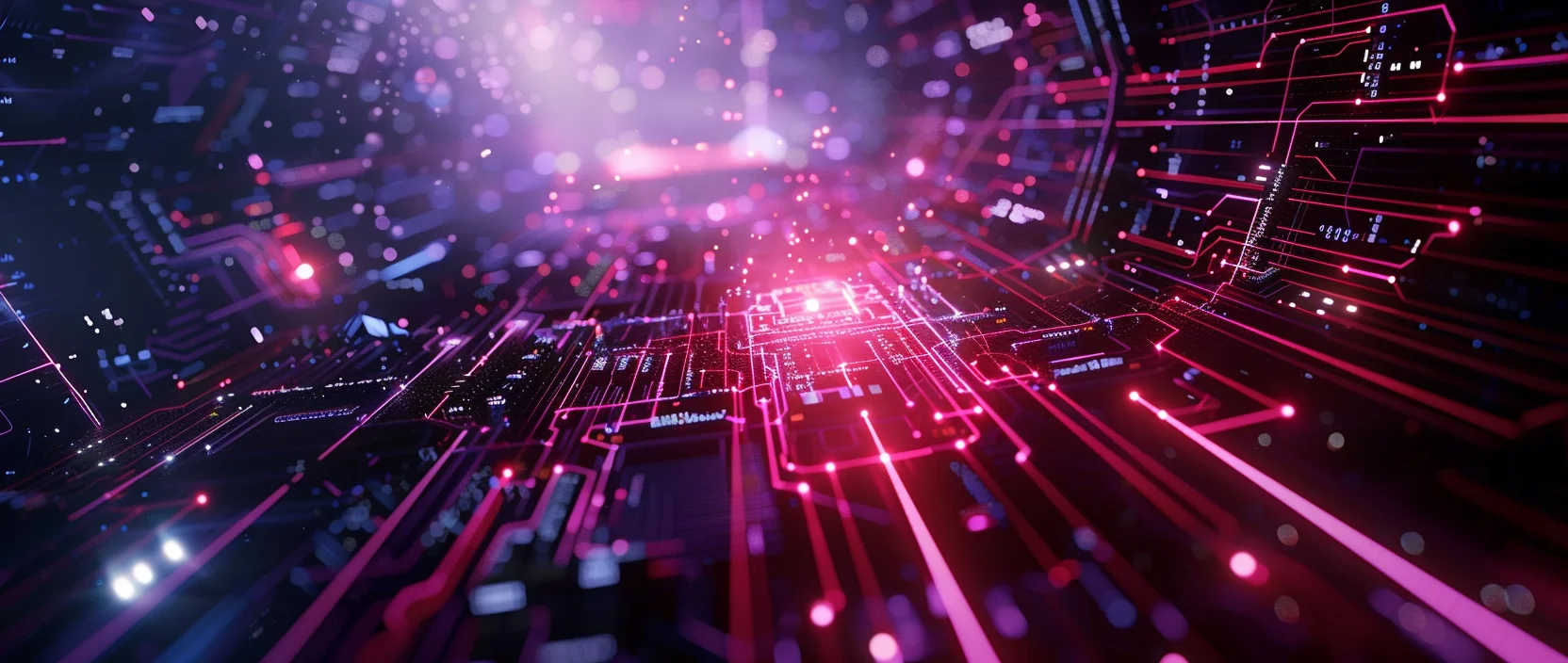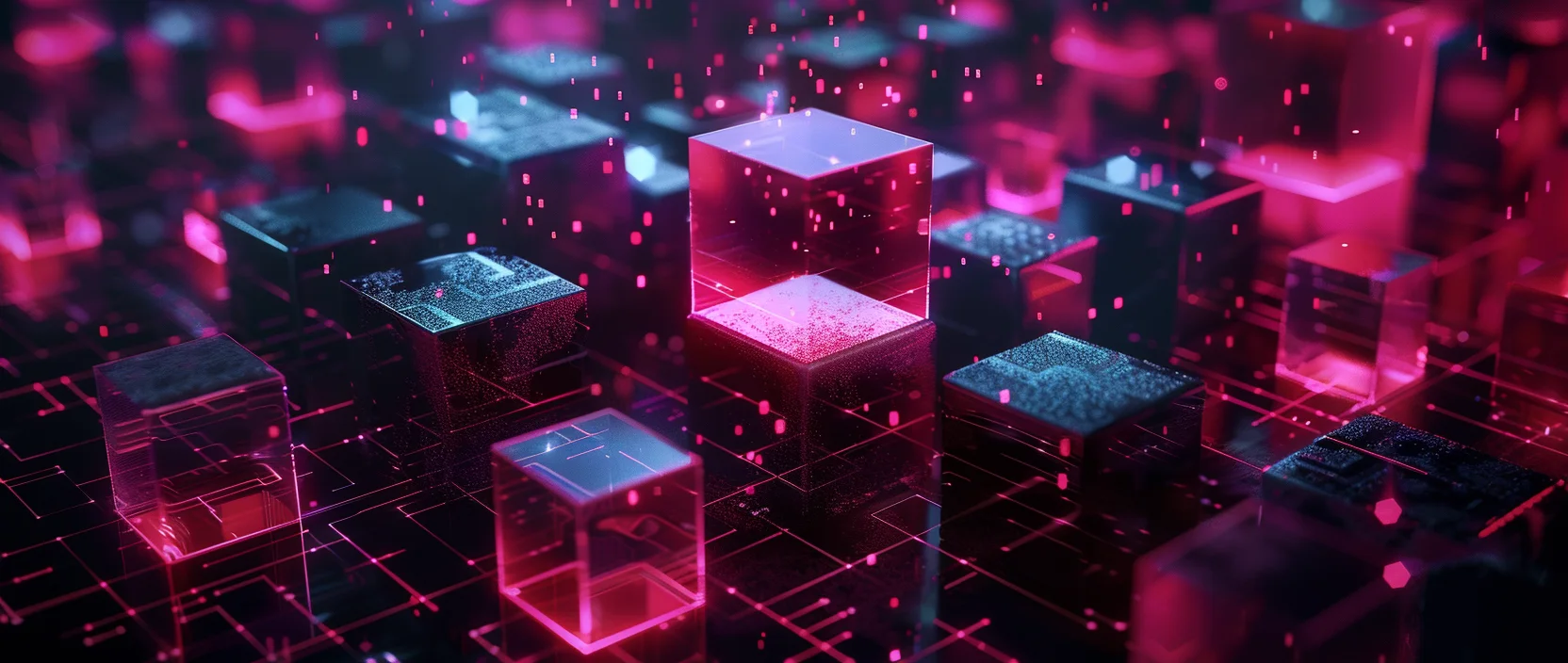Boba Network is a multichain Layer‑2 solution built on Optimistic Rollups, enabling fast, low-cost, and intelligent operations with access to external data and computations through Hybrid Compute. Its hybrid architecture, full EVM compatibility, and active development through DAO governance and strategic investment make Boba a promising foundation for scalable decentralized applications.
Contents
- Overview of Boba Network
- Technology and Architecture
- BOBA Tokenomics
- Ecosystem and Use Cases
- Governance and DAO
- Future Development
- Conclusion

1. Overview of Boba Network
Boba Network, formerly known as OMGX, was launched in August 2021 as a Layer‑2 solution on Ethereum, developed by OMG Foundation and Enya Labs. Its primary goal is to improve scalability by reducing transaction fees, increasing throughput, and enhancing smart contract functionality. Today, Boba is a multichain ecosystem deployed not only on Ethereum but also on BNB Chain, Moonbeam, and Avalanche — offering flexibility for developers and users alike.
The core technology is based on Optimistic Rollups, which aggregate transactions and process them up to 100× faster and cheaper than Layer‑1, without compromising security. A standout feature is Hybrid Compute, which allows smart contracts to access external APIs and off-chain computation — expanding the functionality of Web3 applications. With full EVM compatibility, existing Ethereum contracts can be migrated to Boba with no changes to their code.
2. Technology and Architecture
Boba Network is built on Optimistic Rollups, where transactions are assumed valid by default and can be challenged through fraud-proof mechanisms during a defined window. This approach reduces load on Layer‑1 by batching operations.
A key innovation is Liquidity Pulse — a feature that allows near-instant asset withdrawals in exchange for a small fee paid to liquidity providers. Another unique component is Hybrid Compute, which enables smart contracts to interact with external Web2 APIs, AI systems, and off-chain computation — unlocking more complex dApps.
The platform is based on the OP Stack and currently uses a single sequencer node. However, the Bedrock (Anchorage) architecture is already live in testnet, aiming to bring modularity and greater decentralization to the protocol.
Key Technical Features of Boba Network:
| Component | Description |
|---|---|
| Optimistic Rollup | Reduces Layer‑1 load via batched transaction processing |
| Liquidity Pulse | Enables fast withdrawals via LP pools with fee compensation |
| Hybrid Compute | External API and off-chain computation support for dApps |
| OP Stack | Ethereum-compatible architecture optimized for scalability |
| Bedrock (Anchorage) | Modular and decentralized upgrade of sequencer infrastructure |
This foundation makes Boba more than just a fast and low-cost Layer‑2 — it enables advanced, off-chain-capable Web3 apps with cross-chain scalability and developer-friendly tools.
3. BOBA Tokenomics
BOBA is the native token of the Boba Network ecosystem, combining utility, governance, and incentive functions. Its role extends beyond gas fees — it enables participation in staking, revenue sharing, and DAO governance. The emission and allocation model is designed to balance the interests of developers, investors, and the community, while encouraging long-term engagement.
Main characteristics of the BOBA token:
- Launched via a 1:1 airdrop to OMG holders in November 2021 (~140 million tokens distributed);
- Maximum supply capped at 500 million, released gradually over four years (~30 million per quarter);
- Distribution: 28% to OMG holders (airdrop), 10% to strategic investors, 20% to the team, 42% to the treasury for grants and ecosystem development;
- Used for gas fees (BOBA or native L1 tokens like ETH or BNB);
- Supports staking to earn xBOBA and receive a portion of protocol revenue;
- Grants voting rights in the DAO based on the “one token — one vote” model.
Thus, BOBA serves as a foundational element of the network’s economy — powering operations, governance, and long-term sustainability within the Layer‑2 ecosystem.
4. Ecosystem and Use Cases
Boba Network is building a scalable infrastructure for Web3 applications. With multichain deployments, EVM compatibility, and integrations with key tools, it has become attractive to both developers and users.
The current ecosystem includes:
- Deployments on Ethereum, BNB Chain, and support for Avalanche, Moonbeam;
- Over 30 integrated dApps — from DeFi to NFTs and games, available via the Boba Ecosystem dashboard;
- NFT bridges enabling fast, low-cost cross-chain asset transfers;
- Partnerships with infrastructure projects like The Graph, Biconomy (account abstraction), Flipside Crypto, and Nucleus (Embedded Yield);
- Integration with DappRadar for discovery and tracking of dApp activity within the network.
These developments create a flexible and scalable ecosystem, combining cutting-edge tech with real-world use cases — positioning Boba as a strong contender among Layer‑2 solutions.

5. Governance and DAO
Boba Network is governed through Boba DAO, where holders of the xBOBA token can submit proposals and vote based on the “one token — one vote” principle, giving the community direct influence over the protocol’s direction.
In addition to community governance, Boba has attracted institutional backing. In July 2025, the project secured $70 million in funding from Awaken Foundation and LDA Capital. These funds support infrastructure development, AI-powered dApps, and settlement of claims related to the FTX Recovery Trust.
This blend of decentralized governance and strategic investment helps maintain flexibility, stability, and long-term alignment within the Boba ecosystem.
6. Future Development of Boba Network
Boba is focused on expanding multichain support, enhancing Hybrid Compute, and becoming a reliable base for scalable AI-enabled dApps. The release of Hybrid Compute 2.0 in April 2025 strengthened this vision by enabling real-time integration with off-chain data and services.
The platform continues to implement technologies like Anchorage and Bedrock architecture, while also developing tools for DeFi, gaming, NFTs, and AI applications. Strategic investments ensure strong financial support and long-term viability.
Boba is positioning itself as a flexible, developer-friendly, and future-ready infrastructure layer for Web3 applications.
7. Conclusion
Boba Network is focused on expanding its multichain architecture, enhancing the capabilities of Hybrid Compute, and building a reliable platform for scalable AI-powered applications. The launch of Hybrid Compute 2.0 in April 2025 further strengthened this direction, enabling dApps to more effectively leverage real-time access to external data and off-chain computation.
The platform continues to adopt advanced technological solutions, including Anchorage and the modular Bedrock architecture, aimed at increasing decentralization and network flexibility. At the same time, Boba is actively developing tools for DeFi protocols, NFT marketplaces, blockchain games, and applications with integrated AI. Strategic investments provide not only financial stability but also open up new opportunities for large-scale ecosystem growth.
Boba is building an infrastructure capable of adapting to the evolving demands of Web3 — flexible, high-performance, and developer-friendly for creating the next generation of decentralized applications.




